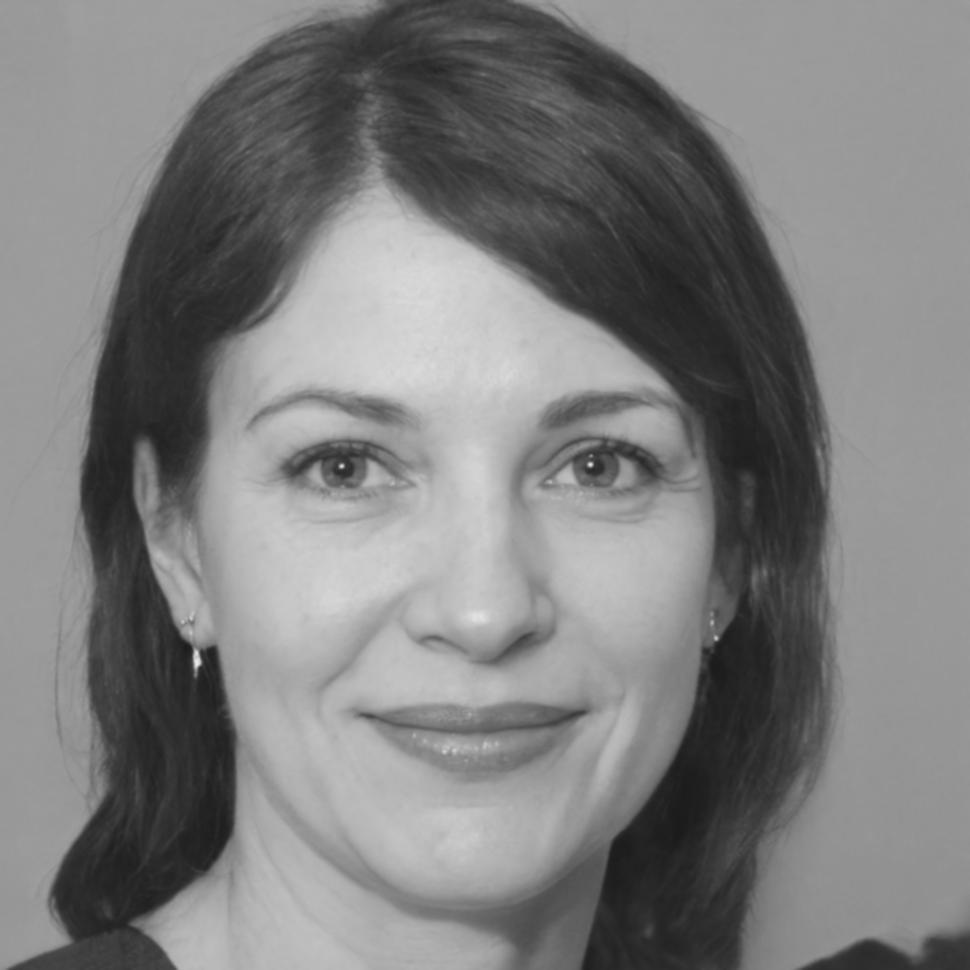Master Your Financial Future
Practical learning strategies and expert guidance to transform how you manage your finances
Start Learning TodayLearn Your Way, At Your Pace
Everyone learns differently. That's why our financial education program adapts to your schedule, learning style, and goals. Whether you're a visual learner who prefers charts and graphs, or someone who learns best through hands-on practice, we've got you covered.
- Flexible evening and weekend sessions starting September 2025
- Interactive workshops with real-world case studies
- One-on-one mentoring sessions with industry professionals
- Online resources and mobile-friendly learning modules
- Small group discussions and peer learning opportunities

Quick Wins for Better Financial Habits
Small changes that create lasting impact on your financial well-being
The 5-Minute Daily Check
Spend just five minutes each morning reviewing your account balances. This simple habit helps you catch unusual transactions early and keeps spending awareness front of mind.
Automate Your Savings First
Set up automatic transfers to savings the day after payday. Even per week adds up to over ,600 annually. Start small and increase gradually.
Use the 24-Hour Rule
For purchases over 0, wait 24 hours before buying. You'll be surprised how often that "must-have" item loses its appeal after sleeping on it.
Track One Category
Instead of tracking every expense, focus on one category where you tend to overspend. Dining out, subscriptions, or entertainment are common starting points.
Review Recurring Payments
Monthly subscriptions have a way of multiplying. Schedule a quarterly review to cancel services you're not using. Most people find 0-400 in forgotten subscriptions.
Create Visual Reminders
Post your main financial goal somewhere visible. Whether it's a vacation fund or debt payoff target, visual reminders help maintain motivation during tough spending decisions.



